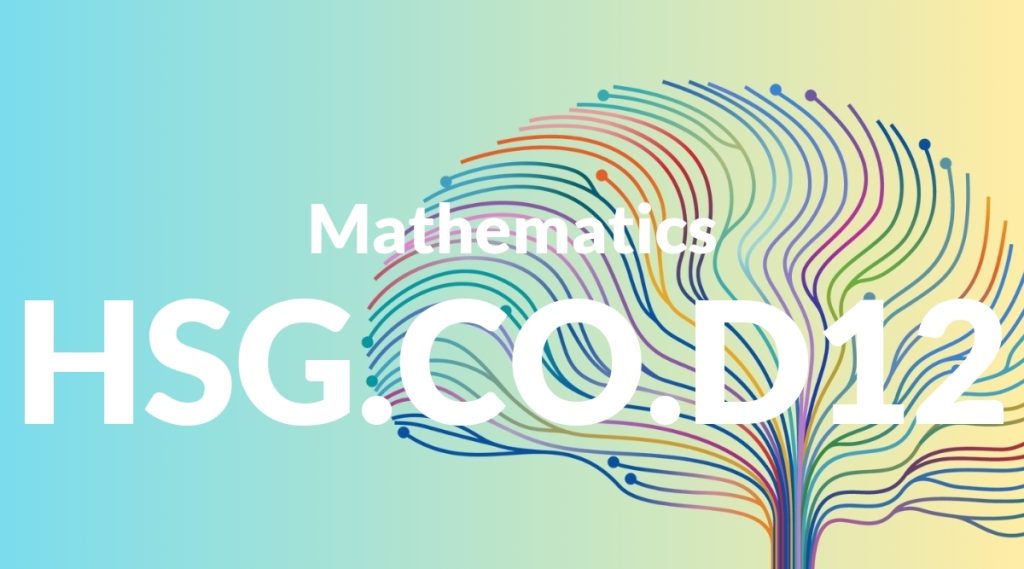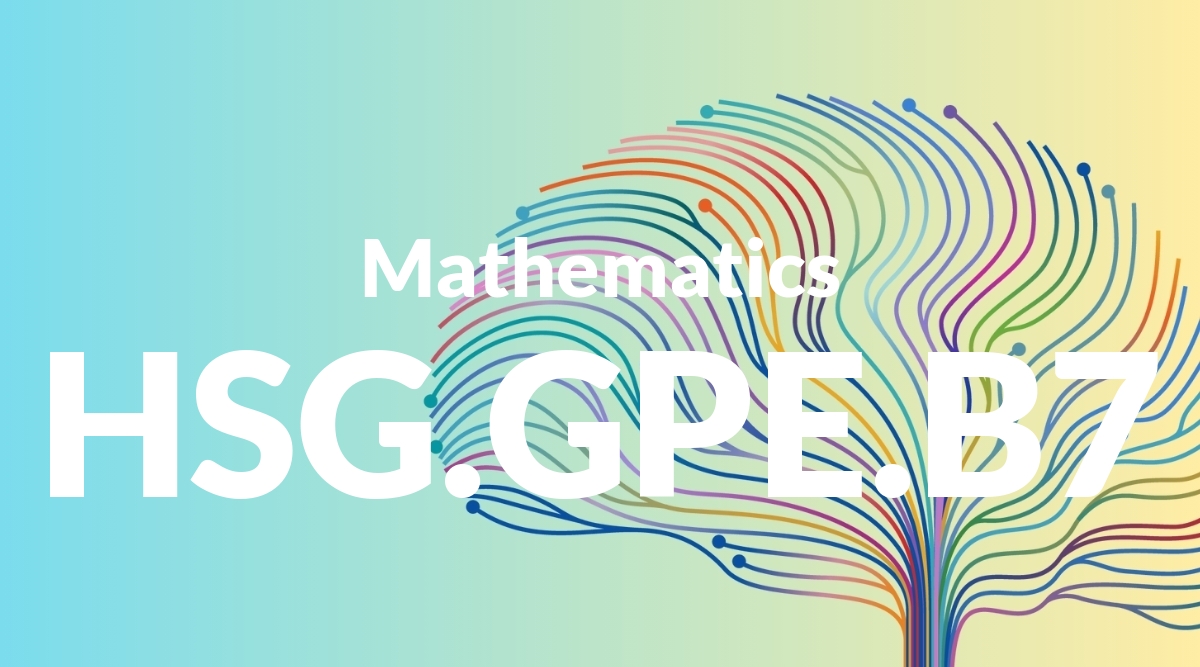Standard: HSG.CO.D12 – Make formal geometric constructions with a variety of tools and methods (compass and straightedge, string, reflective devices, paper folding, dynamic geometric software, etc.). Copying a segment; copying an angle; bisecting a segment; bisecting an angle; constructing perpendicular lines, including the perpendicular bisector of a line segment; and constructing a line parallel to a given line through a point not on the line.
Grade level: High School: Geometry
Subject: Mathematics
Domain: Congruence
Teacher Overview
This standard focuses on the ability to make formal geometric constructions using various tools and methods. It is crucial for students to understand these constructions as they form the foundation for more advanced geometric concepts and real-world applications. Students should have a solid understanding of basic geometric concepts and be comfortable using tools like a compass and straightedge. They should also understand the properties of parallel and perpendicular lines.
After mastering this standard, students will be prepared to tackle more advanced geometric proofs and theorems. They will also be able to apply their skills in various practical and professional contexts.
Common Misconception 1
A common misconception is that only a compass and straightedge can be used for geometric constructions. This is incorrect because there are multiple tools and methods available, including dynamic geometric software and reflective devices, which can also be used effectively.
Intervention 1
To address this misconception, provide hands-on activities that involve using a variety of tools and methods. Encourage students to explore and compare the effectiveness of each tool in different construction tasks.
Common Misconception 2
Another misconception is that geometric constructions are only useful within the context of mathematics classes. This is incorrect as these constructions have practical applications in fields such as architecture, engineering, and art.
Intervention 2
To remediate this misconception, integrate project-based learning activities that involve real-world applications of geometric constructions. Invite professionals from relevant fields to give talks or demonstrations.
Prerequisite Knowledge
Students should understand basic geometric concepts such as points, lines, and angles. They should be familiar with using a compass and straightedge, and have a basic grasp of the properties of parallel and perpendicular lines.
Subsequent Knowledge
Students will develop skills in more advanced geometric proofs and theorems. They will also be able to apply geometric constructions to solve complex problems in various fields such as engineering, architecture, and computer graphics.
Instructional Activities
- Using dynamic geometric software to experiment with constructions
- Hands-on activities with compass and straightedge
- Paper folding exercises to explore geometric properties
- Group projects involving real-world applications like designing simple structures
- Reflective device activities to understand symmetry and reflection




